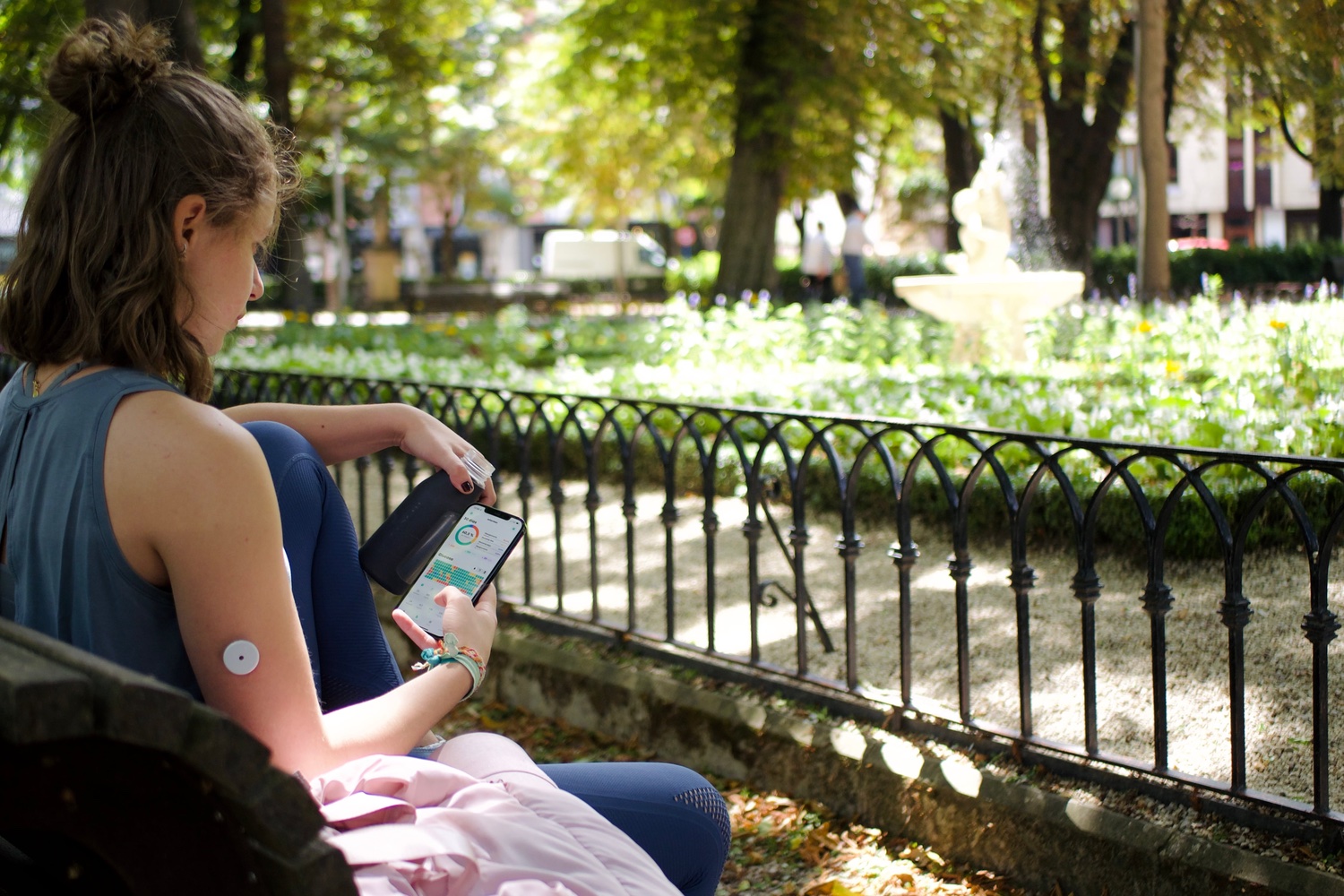Entrenar con diabetes puede parecer difícil, pero no tiene porqué serlo. Aquí tienes unos consejos para hacer deporte con diabetes.
Physical activity, accompanied by a balanced diet, is one of the fundamental pillars for maintaining a healthy life. When doing sport, blood sugar levels vary, so it may seem complicated to exercise for a person with diabetes, but it is not. Among the benefits of doing sports are improving health and preventing diseases. But, in addition, for a person with diabetes exercising has more benefits such as helping them to improve control over their blood sugar levels or also improving control over the levels of insulin that the body produces and the sensitivity to it. If you’re going to take up sports and you have diabetes, here are 5 tips for exercising with diabetes that may be useful to you.
1. Measure your glucose levels before and after working out
If you are going to venture into exersise with diabetes, it will be very useful to measure your glucose levels with applications such as Cori. With this you will know if it is the right time to exercise, you will learn to know more about your body and how it reacts to physical activity, so you can avoid hypoglycemia and hyperglycemia.

Become a diabadass!
Join our weekly newsletter and learn
all the tips and tricks.
People with diabetes are especially vulnerable to the dangers of colds and the flu, but there are things you can do to control your symptoms and avoid getting sick in the first place. You may maintain your health even when you’re feeling under the weather by constantly monitoring your blood sugar levels, staying hydrated, getting enough of rest, and adhering to your diabetes management plan. Additionally, you may lower your risk of getting sick and safeguard yourself from any problems by maintaining proper cleanliness, being vaccinated, and generally maintaining good health. Make sure to discuss any worries you may have with your healthcare team for advice and support if you have diabetes and are worried about managing colds and the flu.
2. Choose a sport that suits you

Not all sports have the same intensity or require the same effort. The more physical effort, the more level of sugar your body will require. If you are starting to play sports with diabetes, choose an activity that suits your physical ability and that does not cause large variations in your blood sugar.
3. Be prepared

When you exercise with diabetes, always be prepared for possible hypoglycemia with fast-absorbing carbohydrates. This will allow you to react quickly in case of any of them and prevent them from going further. Always carry water with you to stay hydrated also.
4. It is always better to be accompanied

In case of possible variations in glucose levels, exercising in company will always be the safest option. You can encourage you to exercise with a friend or practice it in a place where there are more people.
5. If you have any doubts or want more tips for exercising with diabetes, go to your doctor

Before starting to work out with diabetes, it is advisable to see your endocrinologist. He/she will recommend an appropriate diet for the physical effort you are going to make, will give you more advice adapted to you and will help you during the process.
Practicing sports with diabetes will help you with your physical condition and also with sugar control, insulin resistance and the prevention of various diseases. However, it is important that, during this process, you are accompanied by a health professional who can advise you and that you keep a continuous control of your glucose levels to avoid unwanted scares.
If you liked this article about tips for exercising with diabetes and you want to know more about how to work out with diabetes, do not miss our guide to sports and diabetes. Don’t forget to follow us on our social media also: Instagram, Twitter, Facebook o LinkedIn.




